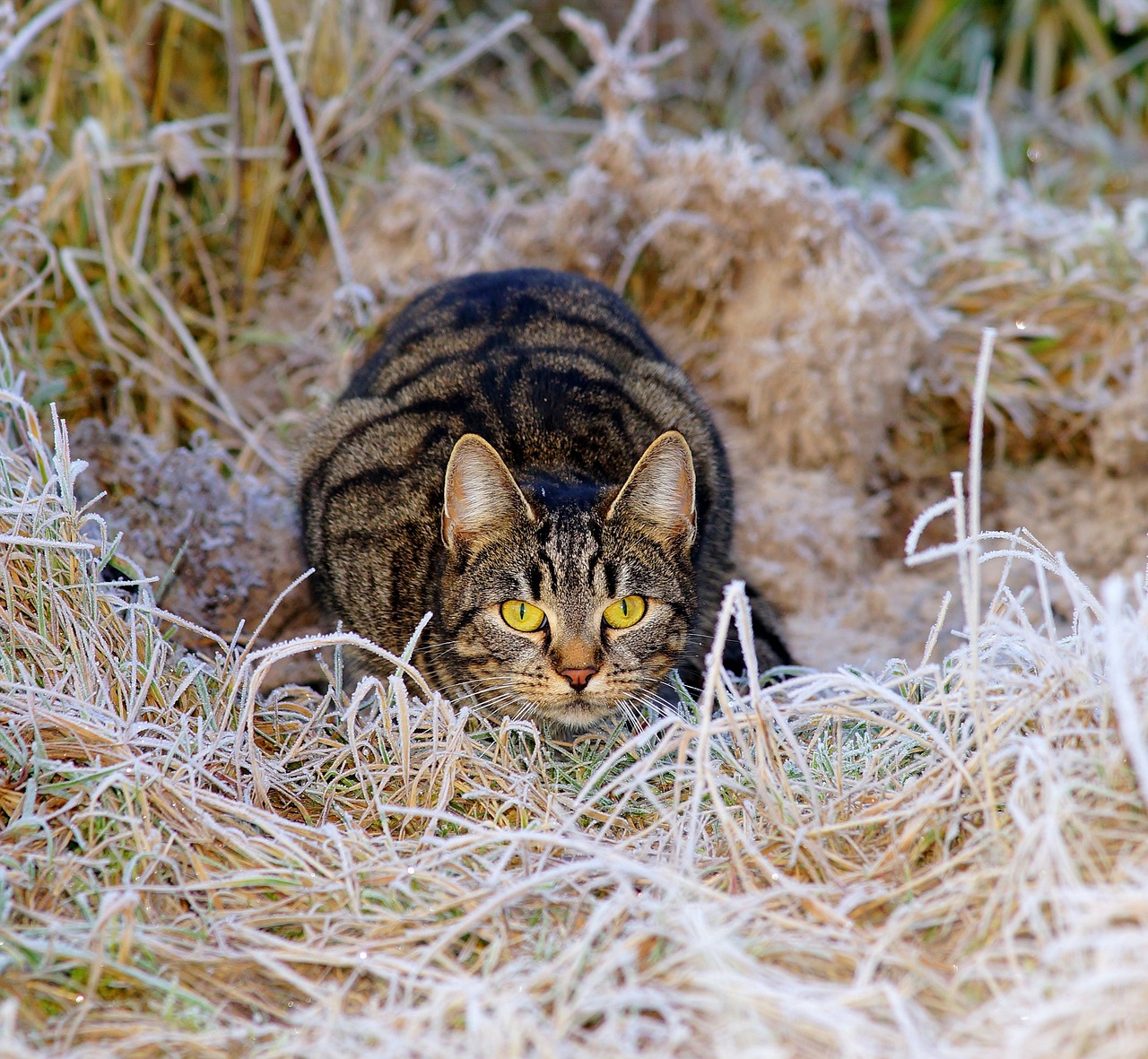Short Answer: When a cat makes biscuits, or kneads, it signifies comfort and affection. This behavior stems from kittenhood, where kneading stimulates milk flow from the mother. As adults, cats knead to mark their territory, release stress, and express contentment. If your cat is kneading on you, it’s a loving gesture, showing trust and attachment.
Cats exhibit a variety of behaviors that often leave their owners puzzled. One particularly endearing behavior is when a cat kneads on their owner, often referred to as “making biscuits.” This article explores the meaning behind this heartwarming action and what it signifies in the cat-human relationship.
Understanding feline behavior can be both fascinating and rewarding. Among the many quirks of cats, kneading, or making biscuits, is one of the most charming. This behavior is instinctual and traces back to kittenhood. Kittens knead their mother’s belly to stimulate milk flow, and this action often carries into adulthood. When your cat makes biscuits on you, it is a display of comfort and affection. This affectionate behavior can strengthen the bond between you and your pet.
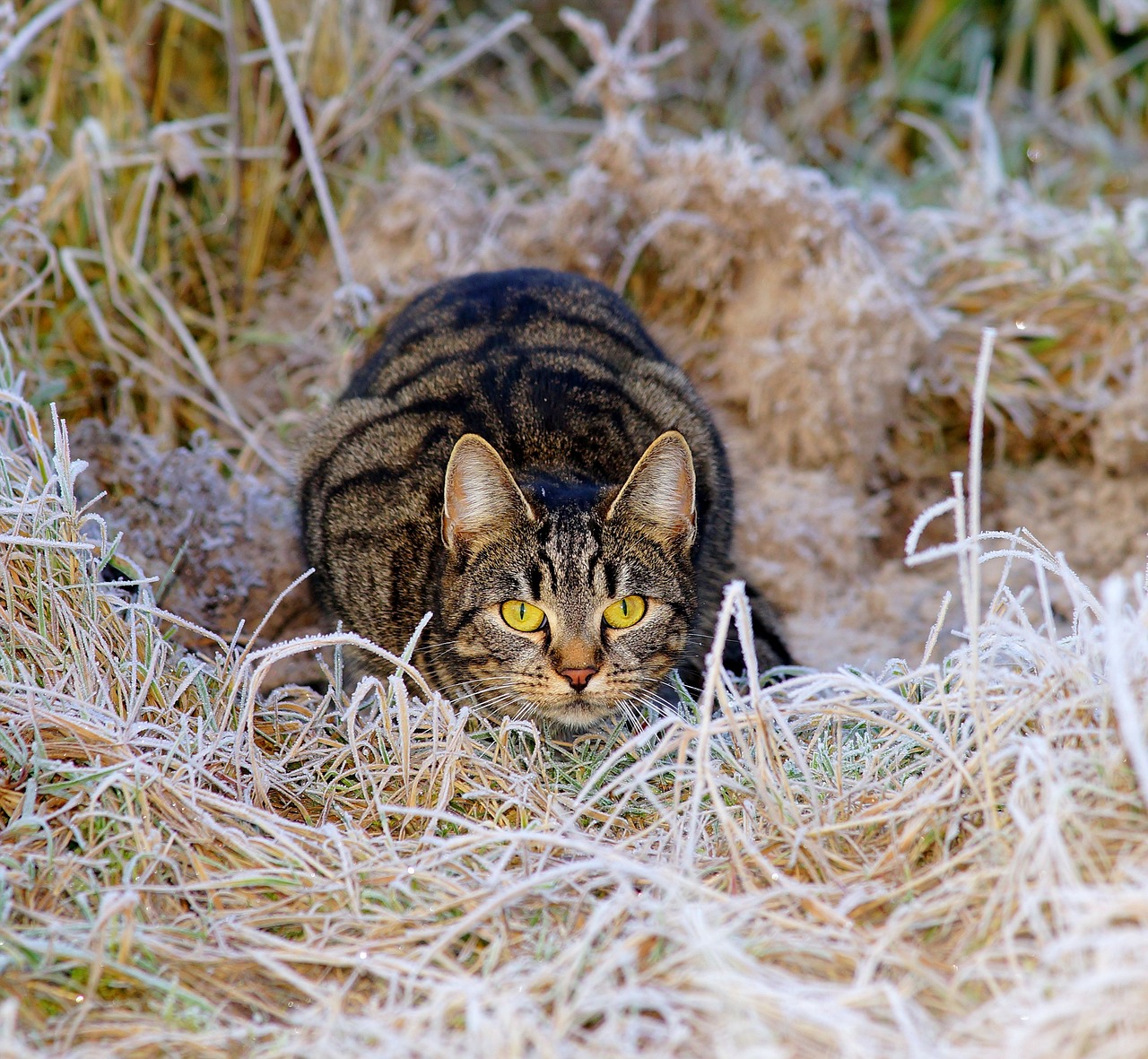
| Fact | Description |
|---|---|
| Kneading Origin | Kneading originates from kittenhood, where kittens knead their mother’s belly to stimulate milk production. |
| Comfort Indicator | Cats knead when they feel safe and comfortable, often indicating trust in their human companions. |
| Territorial Marking | Feline paws contain scent glands, and kneading can serve as a way for cats to mark their territory. |
| Relaxation Technique | Kneading can also be a self-soothing behavior, helping cats relax and relieve stress. |
The Emotional Significance of Kneading
Kneading is not just a physical action; it carries deep emotional significance for cats. When a cat makes biscuits on you, they are expressing feelings of contentment and security. This behavior often indicates that your cat sees you as part of their family. The act of kneading creates a sense of comfort that mirrors the nurturing they experienced as kittens.
Trust and Affection
One of the primary reasons cats knead is to express trust and affection towards their owners. When a cat chooses to knead on you, it means they feel safe in your presence. This trust is essential in strengthening the bond between you and your pet. The physical contact during kneading can also release endorphins, making both the cat and the owner feel happy and relaxed.
Instinctual Behavior
The instinctive nature of kneading is rooted in a cat’s early development. As kittens, they knead to stimulate their mother’s milk supply. This behavior can remain well into adulthood as a form of comfort. Even adult cats who are no longer nursing will engage in this behavior, which helps them cope with stress or anxiety. It is a manifestation of their need for comfort and familiarity.
Kneading vs. Other Behaviors
While kneading is a unique behavior, it can be confused with other actions that cats display. Understanding the differences can help cat owners interpret their pets’ actions more accurately.
Comparison with Purring
Purring is another common behavior among cats that indicates contentment. While purring can accompany kneading, it serves a different purpose. Purring often signals relaxation or happiness but may also occur when a cat is in pain or distress. Kneading, on the other hand, is primarily connected to feelings of safety and comfort.
Scratching Behavior
Scratching serves as a way for cats to mark their territory and maintain their claws. While both kneading and scratching involve the use of paws, scratching does not convey the same message of affection and trust that kneading does. Instead, scratching is an instinctual behavior tied to marking territory and keeping claws healthy.
The Science Behind Kneading
Research into feline behavior continues to evolve, revealing more about why cats engage in actions like kneading. A study conducted on cat behavior indicates that kneading may also be linked to their overall emotional state. Cats who knead frequently tend to be more secure in their environment and relationships.
This behavior may also activate specific neural pathways in cats that release endorphins, promoting feelings of happiness and relaxation. Observing your cat’s kneading habits can provide insights into their emotional well-being and overall happiness.
Understanding Feline Communication
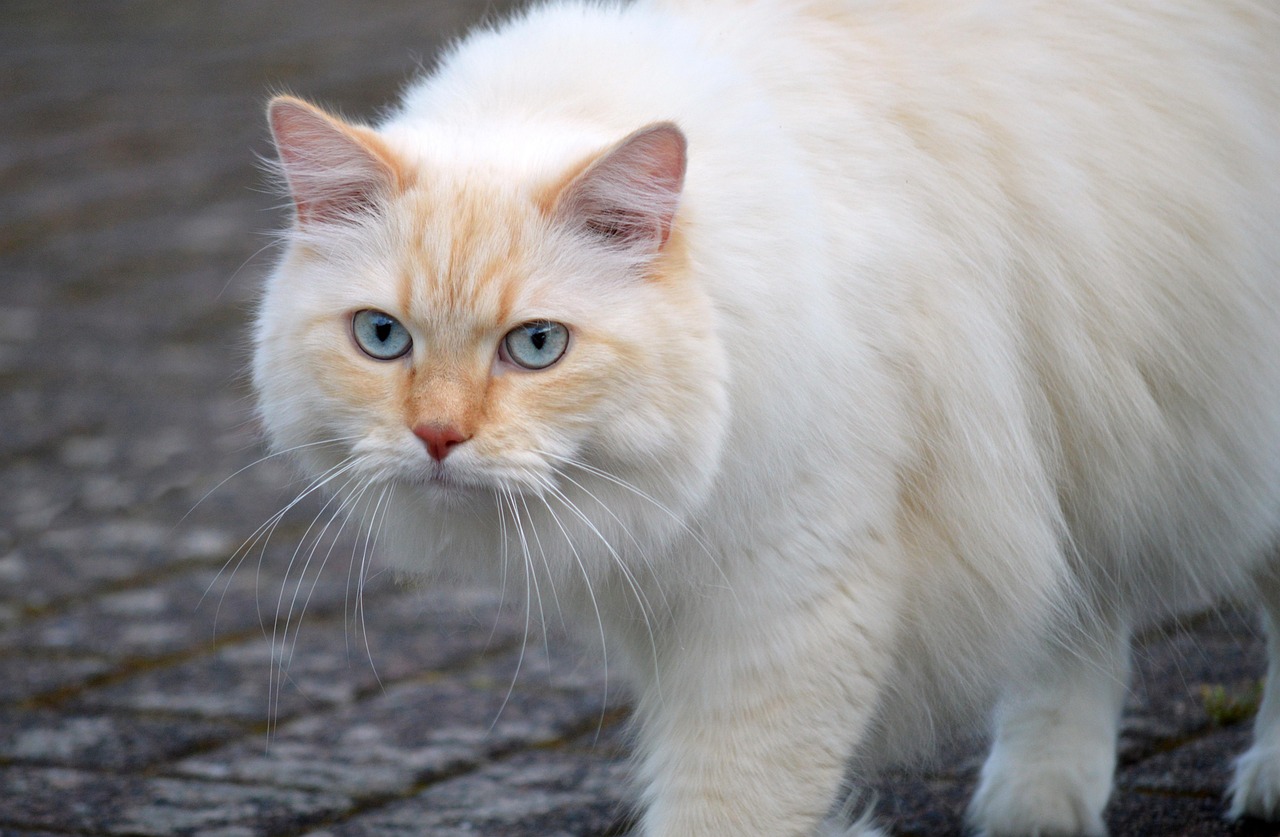
Cats have a unique way of communicating, both with humans and other animals. Kneading is just one of many behaviors that serve as a form of expression. Understanding these signals can enhance your relationship with your feline friend.
Body Language and Vocalizations
In addition to kneading, cats use a combination of body language and vocalizations to communicate their feelings. Recognizing these cues can help you better understand your cat’s emotional state. Here are some common signs:
- Tail Position: A high tail often indicates happiness, while a low or puffed-up tail may suggest fear or aggression.
- Ears: Forward-facing ears show curiosity or interest, whereas flattened ears can indicate irritation or fear.
- Vocal Sounds: Purring typically signifies contentment, while hissing or growling indicates distress or discomfort.
By observing these behaviors alongside kneading, you can gain a more comprehensive understanding of your cat’s mood and needs.
The Role of Kneading in Cat Socialization
Kneading also plays a significant role in socialization among cats. When young kittens knead their siblings or mother, it reinforces their bonds and promotes social connections. As adult cats, the continuation of this behavior towards humans or other pets can signify a desire for companionship.
This behavior can also help foster a sense of community among multiple pets in the household. Cats that knead together may establish a social hierarchy or strengthen their relationships, creating a harmonious environment.
Kneading and Your Cat’s Health
Kneading is generally considered a healthy behavior; however, it can also reflect the physical and emotional health of your cat. Understanding its implications can help you monitor your pet’s well-being.
Physical Health Indicators
While kneading is typically a positive sign, changes in this behavior can indicate health issues. If your cat suddenly stops kneading or shows signs of discomfort while doing so, it may be worth consulting a veterinarian. Here are some health-related signs to consider:
- Pain or Discomfort: If your cat appears to be favoring one paw or seems hesitant to knead, it may be experiencing pain.
- Behavior Change: A sudden change in kneading habits or frequency could signal stress or illness.
- Loss of Appetite: If your cat is not eating well along with changes in kneading behavior, it warrants immediate attention.
Emotional Health Considerations
Kneading behavior can also reflect your cat’s emotional health. A happy and well-adjusted cat will typically knead more frequently than one that feels stressed or anxious. If you notice your cat’s kneading has decreased, consider the following:
- Environmental Stressors: Changes in the home environment, such as new pets or moving to a new house, can lead to anxiety.
- Lack of Stimulation: Boredom can cause emotional distress. Ensure your cat has enough playtime and toys.
- Routine Changes: Cats thrive on routine. Any disruption in their daily schedule can lead to stress.
Kneading and Its Impact on Human-Cat Relationships
The act of kneading can significantly impact the bond between you and your cat. Understanding its meaning can help strengthen this connection.
Creating Trust Through Physical Touch
Kneading is a physical form of affection that can create deeper trust between you and your feline friend. When your cat kneads on you, it is engaging in a form of social bonding. Here are ways to enhance this bond:
- Respond positively to your cat’s kneading by petting them gently. This reinforces their behavior and shows appreciation.
- Create a calm environment for kneading. Cats are more likely to knead when they feel safe and relaxed.
- Encourage playtime before kneading sessions to release energy, making them more likely to engage in affectionate behaviors afterward.
The Joy of Sharing Space
Kneading often occurs when cats are close to their owners. By allowing your cat to knead on you, you are sharing space and intimacy. This shared experience fosters a sense of companionship and mutual enjoyment. Here are some tips for maximizing this bonding experience:
- Provide Comfortable Spaces: Ensure your lap or the area where your cat kneads is cozy and inviting.
- Use Soft Materials: Cats prefer soft surfaces for kneading. Consider using blankets or pillows to enhance their comfort.
- Avoid Interrupting: Allow your cat the time they need to knead without interruptions to promote a sense of security.
By embracing and encouraging this behavior, you strengthen the bond with your feline companion while providing them with emotional comfort.
Fun Facts About Kneading
Kneading is a behavior that not only delights cat owners but also has some intriguing aspects. These fun facts can help you appreciate this charming action even more.
Historical Perspectives
The history of kneading behavior in cats is rich and varied. Understanding its origins can provide insights into why your cat engages in this behavior today. Here are some historical points to consider:
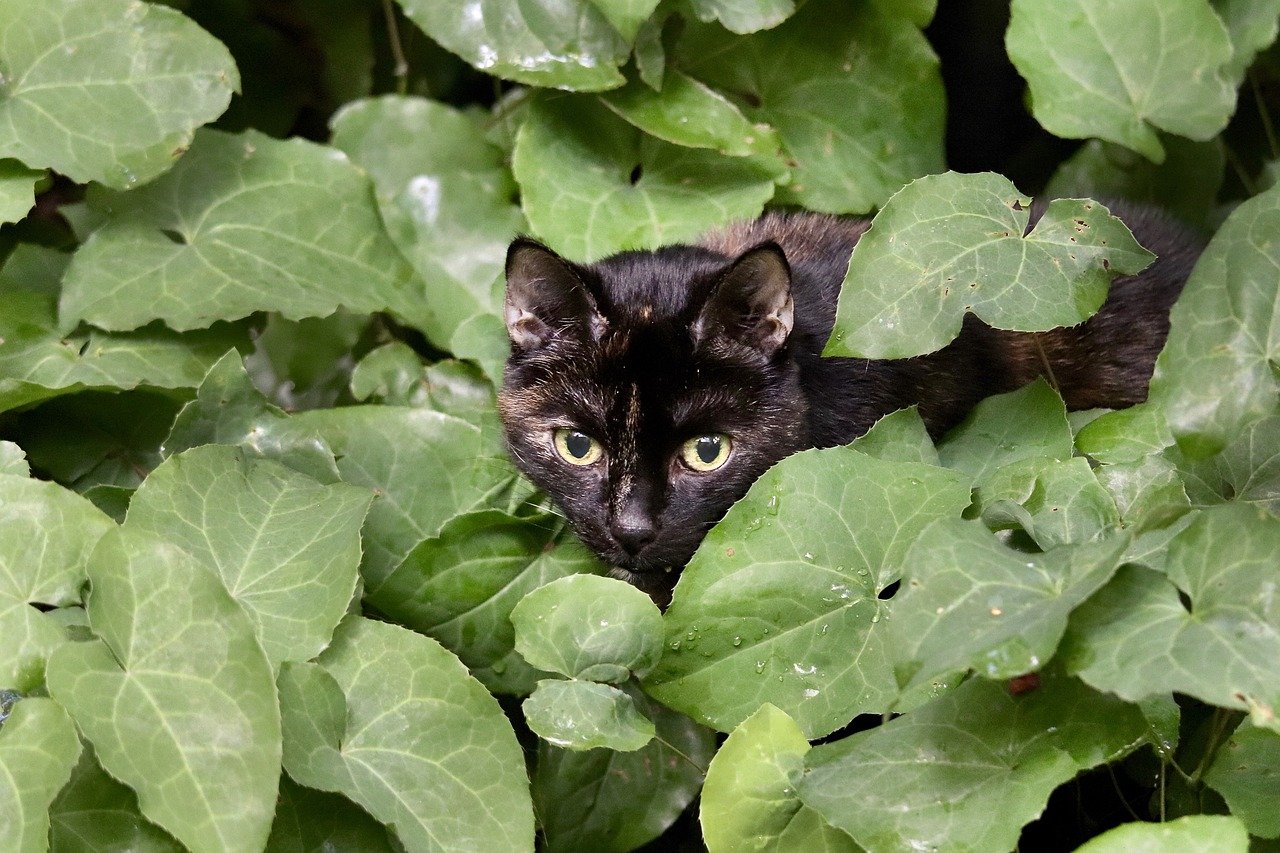
- Domestication: Cats have been companions to humans for thousands of years. Early domestic cats exhibited kneading as a survival technique, primarily to prepare sleeping areas.
- Symbolism: In many cultures, cats are seen as symbols of comfort and protection, which makes kneading a fitting behavior that reinforces these roles.
- Feline Ancestry: The kneading behavior is also observed in wild felines, suggesting it is an instinctual trait passed down through generations.
Kneading in Different Cat Breeds
Not all cats exhibit kneading in the same way. Various breeds may demonstrate this behavior differently based on their temperament and lineage. Some breeds known for their affectionate nature tend to knead more frequently:
- Siamese: Known for their vocal and social nature, Siamese cats often engage in kneading as a way to bond with their owners.
- Ragdoll: This breed is known for its docile and affectionate temperament, making them frequent kneaders.
- Maine Coon: As one of the largest domesticated cat breeds, Maine Coons are gentle giants that often display kneading as a sign of love.
Kneading and Behavioral Training
While kneading is a natural behavior, understanding it can also play a role in training your cat. By recognizing when your cat is likely to knead, you can enhance their training experience.
Positive Reinforcement Techniques
Incorporating kneading into your training routine can strengthen the bond between you and your cat. Here’s how to use it effectively:
- Observe Triggers: Pay attention to when your cat begins to knead. Identifying these moments can help you introduce positive reinforcement techniques.
- Use Treats: When your cat kneads, offer a treat or praise them verbally. This will create a positive association with the behavior.
- Create a Reward System: Establish a reward system for various behaviors, including kneading. This encourages your cat to engage in more positive actions.
Redirecting Kneading Behavior
While kneading is typically a welcomed behavior, there may be instances where it becomes problematic, such as when it leads to clawing or discomfort. Here are some strategies for redirecting this behavior:
- Provide Alternatives: Offer your cat soft blankets or designated kneading spots where they can freely engage in this behavior without causing harm.
- Regular Claw Maintenance: Keep your cat’s claws trimmed to minimize any discomfort for you during kneading sessions.
- Gentle Redirection: If your cat begins to knead aggressively or with excessive force, gently redirect them to a toy or scratching post.
The Cultural Significance of Kneading
Kneading has cultural implications that extend beyond the household. Various societies have interpreted this behavior in unique ways, reflecting the deep bond between cats and humans.
Cultural Symbolism
In many cultures, cats are revered for their companionship and mystical qualities. Kneading can symbolize connection and affection, which resonates across different societies. Here are some cultural interpretations:
- Japan: In Japanese culture, cats are often seen as bringers of good luck. A cat kneading is viewed as a sign of happiness and contentment.
- Egypt: Ancient Egyptians worshipped cats and considered them sacred. A cat’s affectionate behavior, such as kneading, was seen as a divine blessing.
- Western Culture: In modern Western society, cats are often viewed as family members. Kneading is celebrated as an expression of love and trust between pets and their owners.
Kneading in Art and Literature
Kneading has also found its way into art and literature over the years. Many authors and artists have captured the charm of this behavior, highlighting its significance in the human-cat relationship. Here are some examples:
- Literature: Cats appear in numerous literary works, often portrayed as symbols of comfort. Their kneading behavior serves as a reminder of their nurturing nature.
- Visual Arts: Artists have depicted scenes of cats kneading as representations of warmth and companionship, showcasing the emotional connection with humans.
- Social Media: In today’s digital age, videos of cats kneading have become popular on social media platforms, further celebrating this heartwarming behavior.
Kneading not only enriches the lives of our feline friends but also highlights the profound bond between cats and humans across cultures and history. Understanding this behavior allows us to appreciate our pets even more deeply.
Enhancing Your Cat’s Environment
Creating a supportive environment for your cat can encourage positive behaviors like kneading. A comfortable setting not only benefits your cat’s emotional well-being but also enhances the bond you share. Here are some effective ways to improve your cat’s surroundings:
Safe Spaces
Cats thrive in environments where they feel secure. Providing safe spaces can help them express their kneading behavior freely. Consider the following:
- Hideaways: Use cat trees or enclosed beds where your cat can retreat and feel safe.
- Quiet Areas: Designate a quiet corner in your home for your cat to relax without disturbances.
- Vertical Spaces: Cats love to climb. Shelves or cat condos can provide elevated areas for them to explore.
Interactive Play
Engaging your cat in interactive playtime can promote happiness and reduce anxiety, making them more likely to knead. Here are some ideas:
- Toys: Provide a variety of toys, including feather wands and laser pointers, to stimulate their hunting instincts.
- Scheduled Playtime: Set aside time each day for active play sessions to strengthen your bond.
- Enrichment Activities: Consider puzzle feeders or treat-dispensing toys to keep their minds engaged.
The Role of Nutrition in Feline Behavior
A well-balanced diet plays a crucial role in your cat’s overall health and behavior. Proper nutrition can lead to a happier, more contented pet, which may enhance behaviors such as kneading.
Choosing the Right Food
Selecting high-quality cat food is essential. Ensure that the diet includes:
- Protein Sources: Cats are obligate carnivores, so protein should be a primary component of their diet.
- Essential Nutrients: Look for formulas that include vitamins, minerals, and fatty acids necessary for skin and coat health.
- Hydration: Make sure your cat has constant access to fresh water, as hydration is vital for overall health.
Monitoring Weight and Health
Regular veterinary check-ups are important to monitor your cat’s weight and health. Obesity can lead to lethargy and anxiety, which may affect kneading behavior. Consider the following:
- Weight Management: Consult with your veterinarian about appropriate weight management strategies.
- Regular Exercise: Incorporate physical activities to prevent obesity and promote mental well-being.
- Health Monitoring: Keep an eye on any changes in behavior or appetite, as these could indicate underlying health issues.
The Impact of Kneading on Human Well-Being
Kneading can also have a beneficial impact on human well-being. The bond formed during these moments of affection can lead to improved mental health for pet owners.
Stress Relief
Interacting with pets has been shown to reduce stress levels in humans. Kneading can serve as a calming experience for both you and your cat. Here’s how:
- Physical Touch: The act of a cat kneading can release oxytocin in humans, promoting feelings of happiness and relaxation.
- Bonding Experience: Sharing these intimate moments strengthens the emotional connection, which can improve overall mood.
- Purring Effects: The sound of a cat purring during kneading adds to the calming experience, further reducing stress levels.
Encouraging Mindfulness
Kneading provides an excellent opportunity for mindfulness. Taking time to focus on your cat during these moments can enhance your awareness and appreciation of the present. Consider these practices:
- Mindful Petting: Engage with your cat during kneading by consciously focusing on the sensations and emotions you experience.
- Breathing Exercises: Use this time to practice deep breathing, allowing both you and your cat to relax.
- Acknowledge Feelings: Reflect on the joy and warmth that comes from this unique interaction, reinforcing positive emotions.
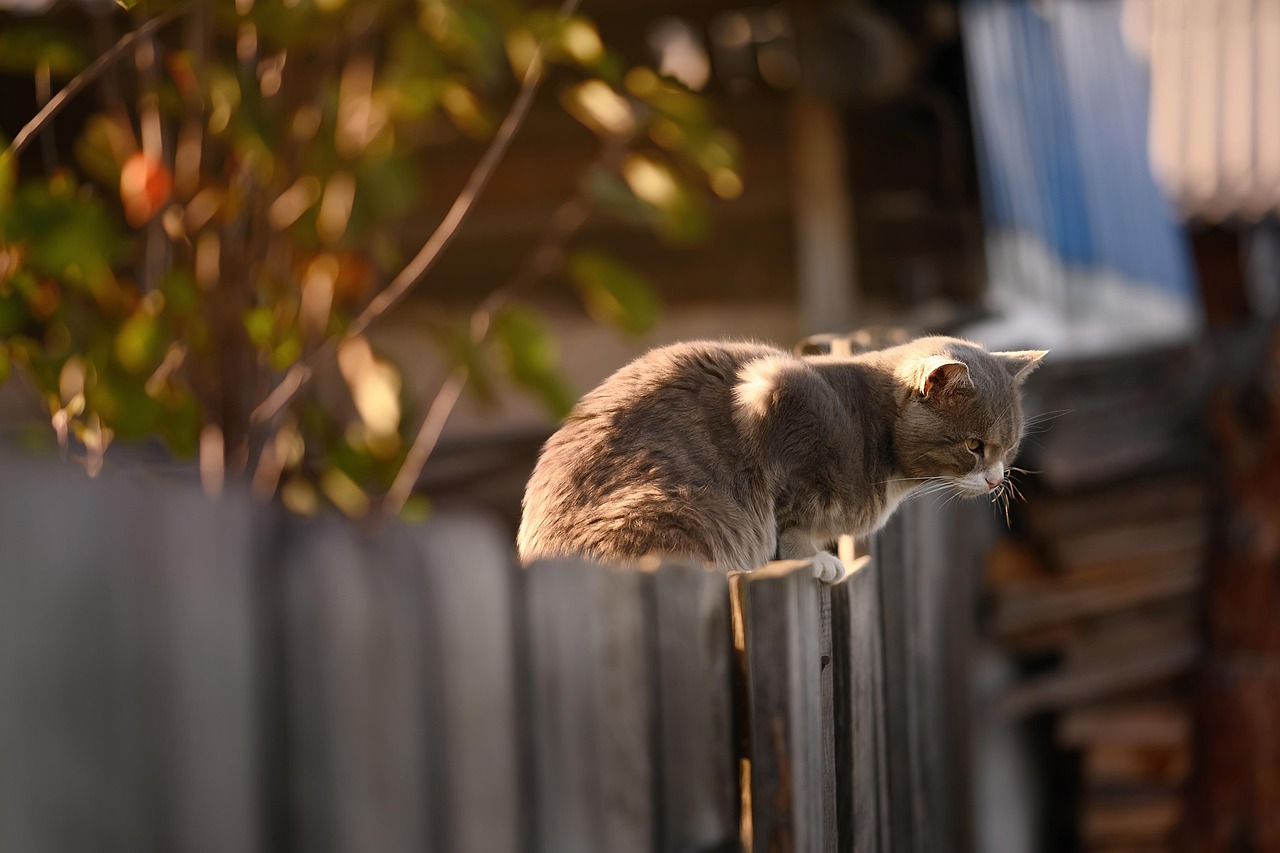
Conclusion
Kneading is a heartwarming behavior that reveals much about the bond between cats and their owners. This instinctual action not only signifies trust and affection but also plays a vital role in emotional health for both cats and humans. By understanding the reasons behind this behavior, enhancing your cat’s environment, ensuring proper nutrition, and appreciating the wellness benefits, you can deepen your connection with your feline companion.
The joy of watching a cat make biscuits transcends mere cuteness; it represents a profound relationship built on love, security, and shared moments. Embracing this behavior allows you to celebrate the unique companionship that cats bring into our lives.

